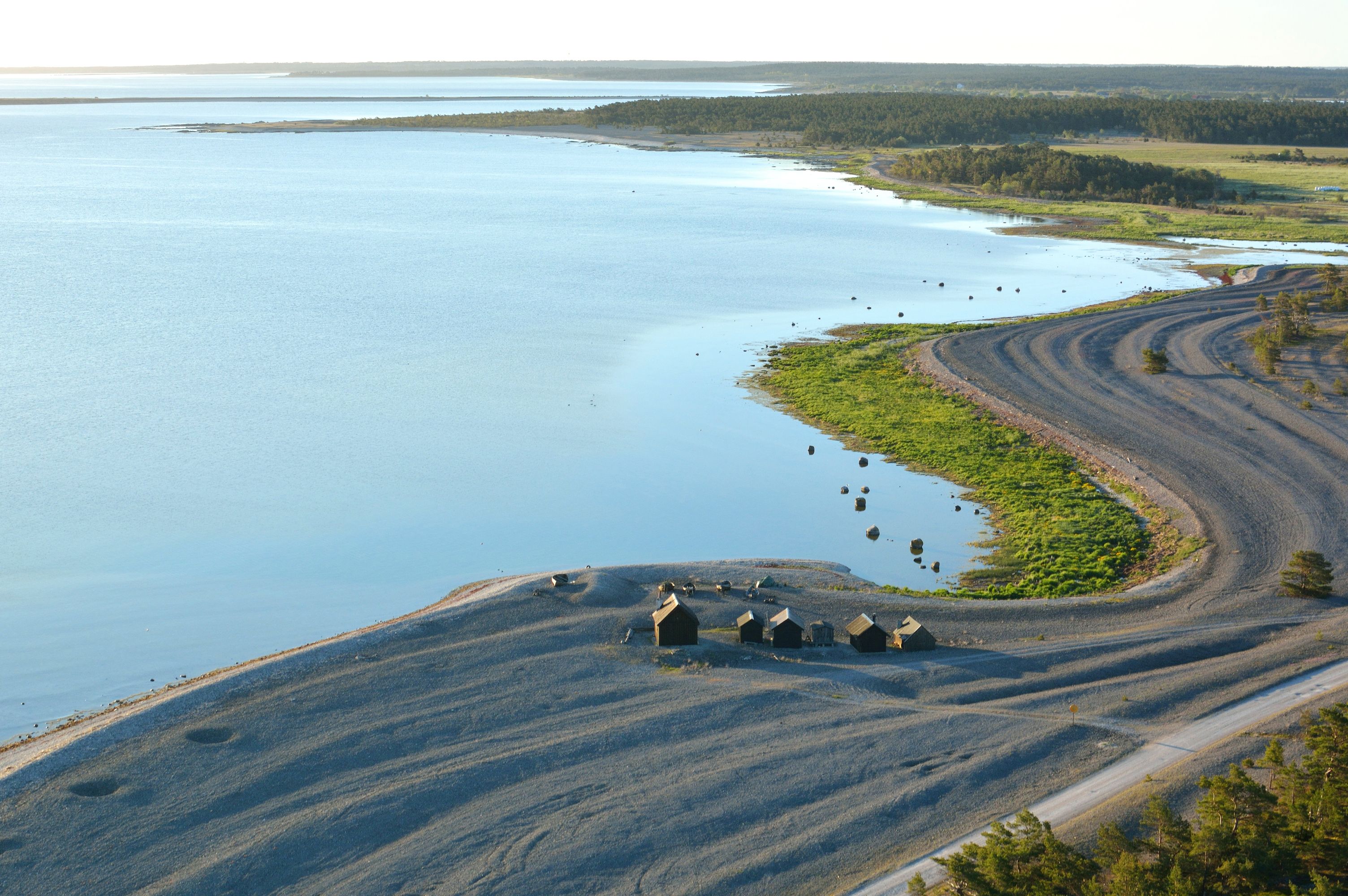Planning your own trip? Prepare for your trip
Use Rough Guides' trusted partners for great rates
Book your individual trip, stress-free with local travel experts
European beach holidays haven’t always been just about the Mediterranean. A century ago, the resorts along the Baltic Sea were just as popular with emperors, duchesses, and celebrities as the French Riviera. Besides endless white-sand beaches, the region offers grand spa resorts, laidback fishing ports, and a rich history.
Rügen is where the Baltic beach craze first began, thanks to 19th-century aristocrats who wanted to promote the island’s refreshing coastline as a fancy destination. It remains a beautiful mix of neoclassical villas, long piers, and sandy beaches with Strandkörbe – the sheltered wicker seats that are a German seaside classic. The most stunning beach is at Prora, a wide bay known for the massive, unfinished, Nazi-era holiday complex that stretches about 4.5km behind the shore. Recently, parts of the Prora complex have been turned into modern hotels and apartments, drawing in new visitors.

Rügen © Capture Light/Shutterstock
Łeba is known for its rippling sands, shifting dunes, and quiet forests. It's a working fishing port and a great place to enjoy halibut and chips. The local dunes hide historical secrets too: just behind the beach, 3km west of the village, is the Launchpad Museum. It displays the rocket testing site used by Germany in World War II. The museum now includes interactive displays and educational programs about the history of rocketry.

Łeba © Pawel Kazmierczak/Shutterstock
Bornholm is an island with lots of amazing beaches. The famous Dueodde Strand, located on the southeastern tip, is super popular in the summer. Even though it's busy, its 7km length means there's always space for everyone. Lately, Bornholm is also getting noticed for its growing food scene, with local restaurants using fresh, locally-sourced ingredients.

Bornholm © Milosz Maslanka/Shutterstock
Nida is an almost perfectly preserved fishing village on the 100km-long Curonian Spit. The huge dunes to the west give it a unique and otherworldly look. Recently, Nida has become a popular spot for eco-tourism. Efforts to protect its special natural landscape are attracting travelers who care about the environment. This makes it one of the best Baltic beaches for a sustainable vacation by the Baltic Sea.

Nida © matsiukpavel/Shutterstock
Discover undefined's most captivating stories
Usedom has the longest stretch of beach in Europe, running 40km along its northern shores. Known as the Kaiserbäder or “Imperial Spas,” the towns of Ahlbeck, Herringsdorf, and Bansin are famous for their pointy-turreted seaside villas and well-kept parks. Recently, Usedom has been focusing on sustainable tourism, trying to balance visitor numbers with preserving its natural and cultural heritage. This commitment makes it a top choice for a beach vacation in Germany.

Ahlbeck on Usedom © Christian Mueller/Shutterstock
Liepāja in Latvia is a city with three different vibes: a calm sea-resort, a busy market town, and a former Russian naval base. The beach, backed by the leafy promenades of the seaside park, is a clean stretch of sand, perfect for finding amber after storms. As of 2023, Liepāja is also known for its lively music scene, hosting festivals that attract both local and international artists. It's a great place for a Baltic Sea vacation.

Liepāja © Ikars/Shutterstock
Sopot in Poland offers a taste of Riviera-town style. It has a beautiful sandy beach, a popular strolling area, and a famous pier, making it a great spot for people-watching. Recently, Sopot has become known for its growing food scene, with new restaurants and cafes serving a variety of international dishes. It's a perfect place for a beach holiday in Poland.

Sopot © Nightman1965/Shutterstock
Cape Kolka feels like the end of the world, with its horn-shaped spit and enchanting dunes, bogs, and forests. It's where the Gulf of Riga meets the Baltic Sea, known for the chevron-patterned waves created by the meeting currents. It's a great place for nature activities like lighting campfires, watching sunsets, and taking long walks. In 2023, Cape Kolka is also noted for bird-watching, especially during migration seasons when many species pass through. It's one of the best Baltic beaches for nature lovers.

Cape Kolka © Janis Smits/Shutterstock
Haapsalu is a spa resort in Estonia with two great beaches. On the west side of town, there's Paralepa, a white-sand beach. On the east side, you'll find Aafrika Rand, known for its dark, muddy, and medicinal qualities. Haapsalu has become popular for its cultural events, like the Haapsalu Horror and Fantasy Film Festival, which attracts visitors from around the region. This makes Haapsalu a charming spot for a Baltic Sea vacation.

Haapsalu © yegorovnick/Shutterstock
Gotland is a sunlit island about 100km east of the Swedish coast. It's known for its easy-going glamour with a bohemian touch. The island's dune-backed beaches, like Tofta on the west coast and Ljugarn to the east, are popular with young people from Stockholm who love beach parties in the summer. Gotland is also a hotspot for digital nomads, offering co-working spaces and a lively community for remote workers. It's a great example of a Swedish beach resort, offering both relaxation and a lively atmosphere.

Gotland © Niar/Shutterstock
Top image: Łeba beach © Pawel Kazmierczak/Shutterstock.
We may earn commission when you click on links in this article, but this does not influence our editorial standards - we only recommend services that we genuinely believe will enhance your travel experiences.
written by
Jonathan Bousfield
updated 20.02.2025
Use Rough Guides' trusted partners for great rates
Discover undefined's most captivating stories
Arrange your trip, hassle-free, with local travel experts
Arrange your trip with local travel experts